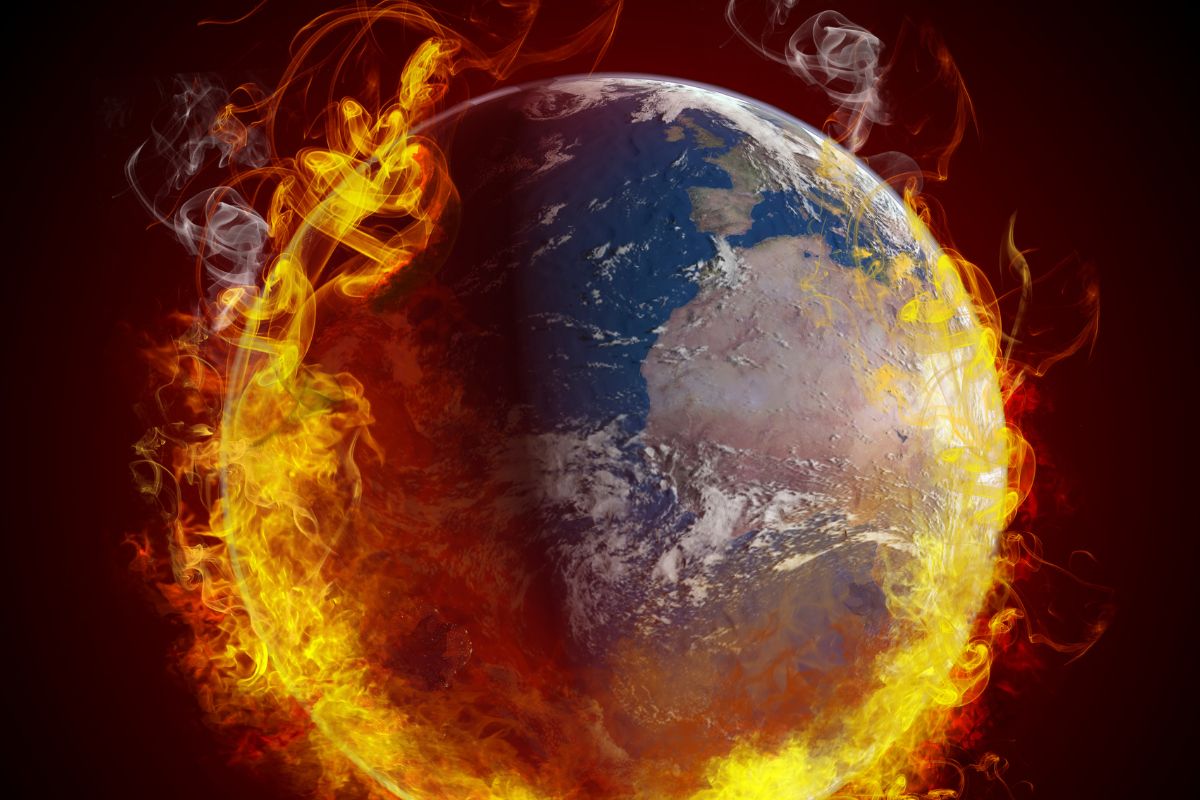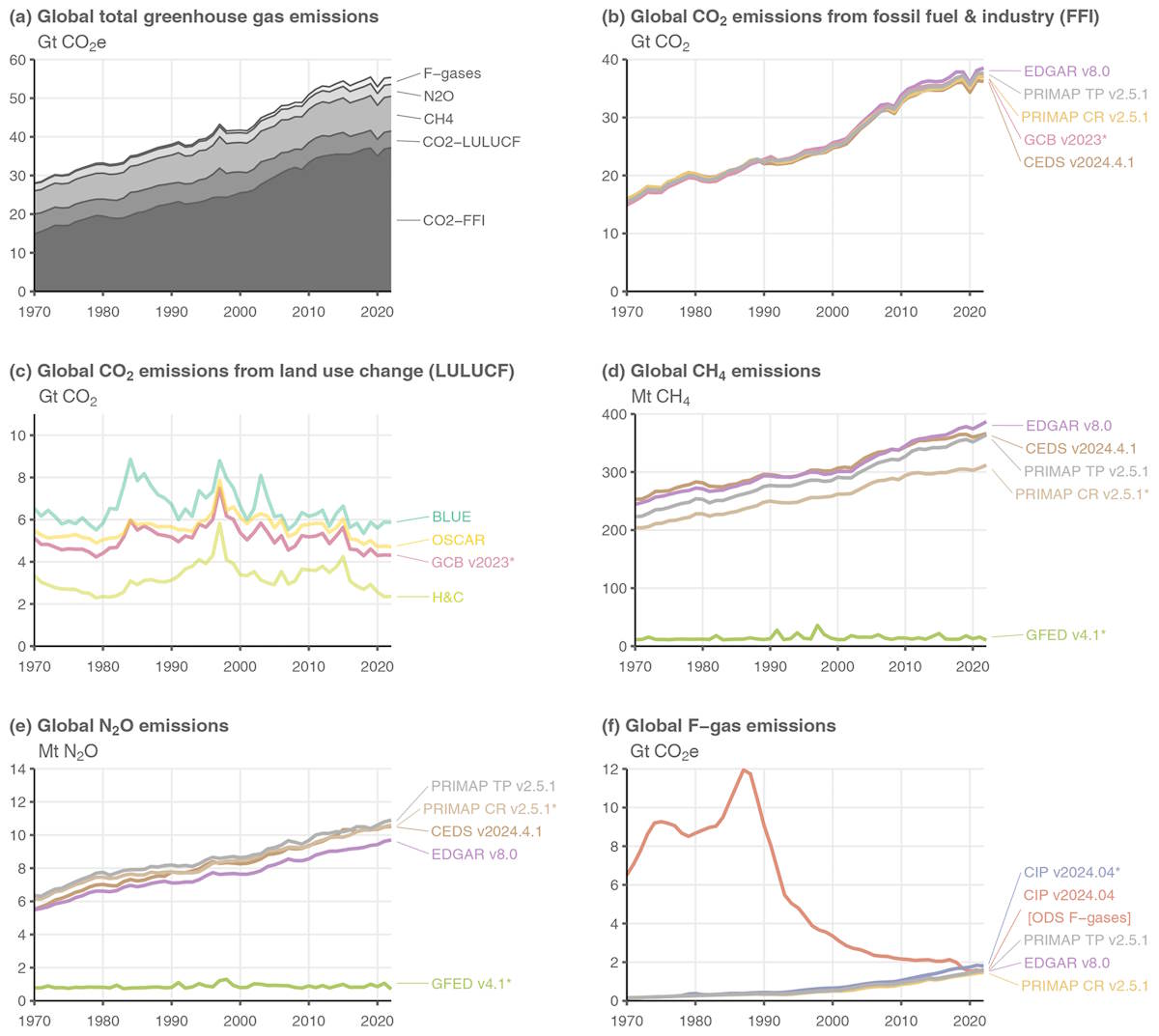Another very sad record on climate change shows us what we are doing to the Planet: from 2014 to 2023 the temperature on Earth increased by 1.19°C, and human-induced global warming is advancing by 0.26°C every decade , the highest rate since scientific records began. The study was led by the University of Leeds (UK)

@Canva
A study led by the University of Leeds (UK), part of the 2nd Annual Report on Global Climate Change Indicators, shows that human-induced global warming is progressing at a rate of 0.47°F per decade. This is the highest rate since scientific records began and even higher than the 2.05°F observed from 2013 to 2022.
“The devastation caused by wildfires, droughts, floods, and heatwaves witnessed in 2023 must not become the new normal,”
said Piers Forster, director of the Priestley Center for Climate Futures at the University of Leeds.
Scientists note that in 2023 alone, the warming caused by human activities reached 2.34°F, slightly less than the total warming experienced that year (2.57°F). This suggests that natural climate variability, particularly El Niño, also played a role in the record temperatures of 2023.
Greenhouse gas emissions
The analysis highlights that only about 200 billion metric tons of CO2 can be emitted before reaching 2.7°F of global warming. Unfortunately, this amounts to only about five years of current emissions levels.

global warming
“Our analysis shows that the level of human-caused global warming continued its rapid pace over the last year, even though climate action has slowed the increase in greenhouse gas emissions. Global temperatures are still heading in the wrong direction and faster than ever.”
This warning comes as climate experts meet in Bonn to set the stage for the COP29 climate conference to be held in November in Baku, Azerbaijan.
The high rate of warming is driven by consistently high greenhouse gas emissions, equivalent to 53 billion metric tons of CO2 annually. These high emission levels are also affecting the Earth’s energy balance: ocean buoys and satellites are monitoring unprecedented heat flows in the oceans, polar ice caps, soil, and atmosphere. This heat flow is 50% higher than its long-term average.
“Fossil fuel emissions account for about 70% of all greenhouse gas emissions and are clearly the main driver of climate change“, explained Forster. “But other sources of pollution from cement production, agriculture, deforestation, and cuts in sulfur emissions are also contributing to the warming.”
What can we do?
Rapidly reducing greenhouse gas emissions to net zero will limit the level of global warming we will ultimately experience. At the same time, we need to build more resilient societies. “The devastation caused by wildfires, droughts, floods, and heatwaves witnessed in 2023 must not become the new normal,” Forster emphasized.
The work was published by over 50 internationally renowned scientists in Earth System Science Data.
